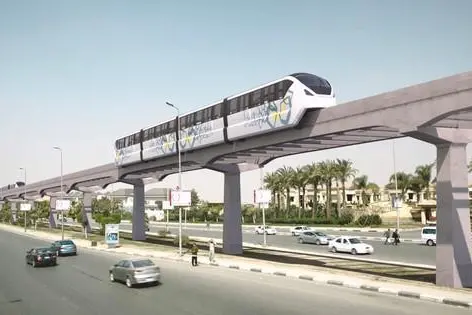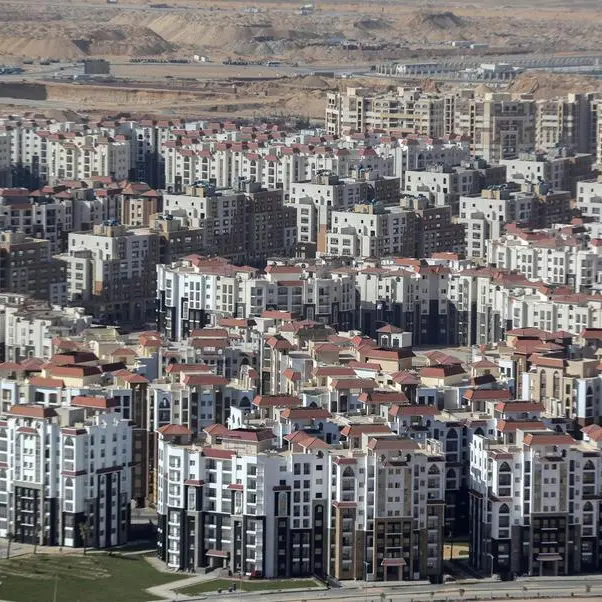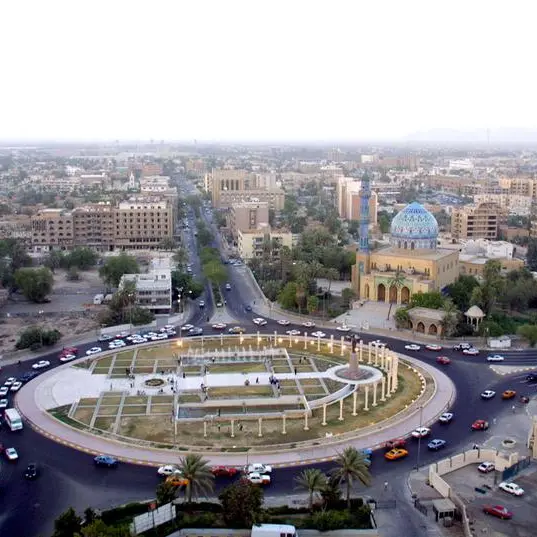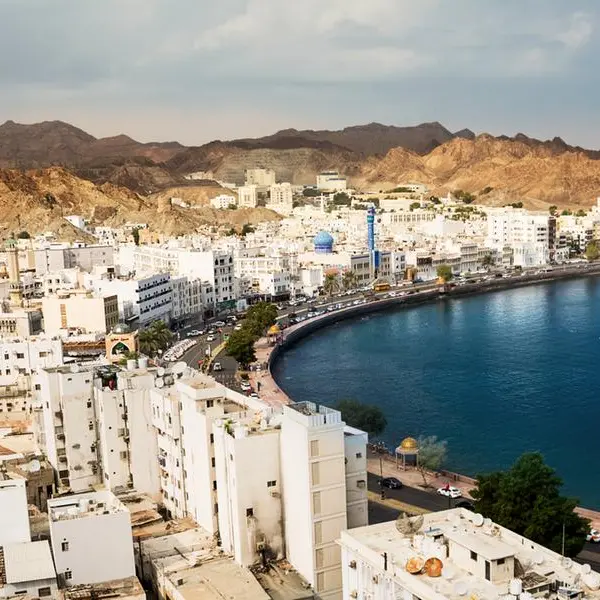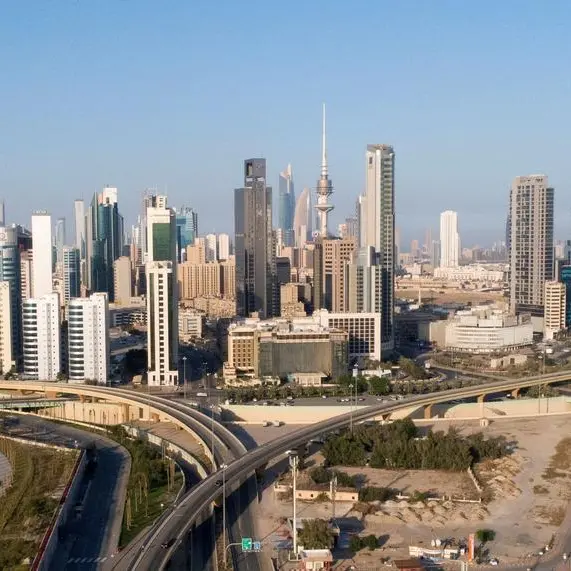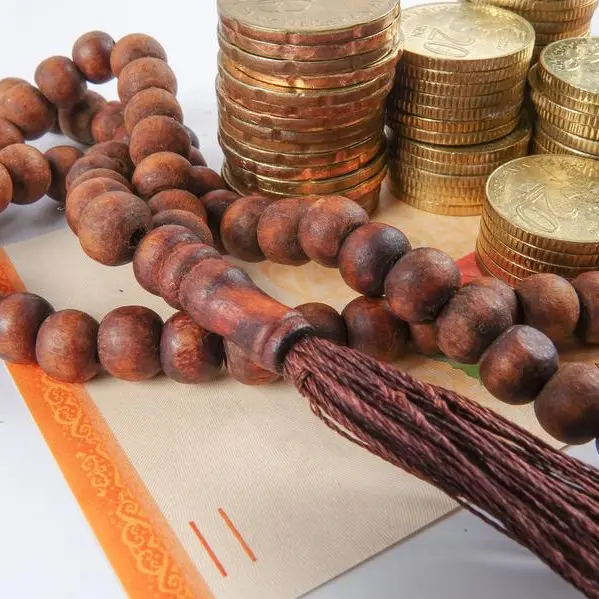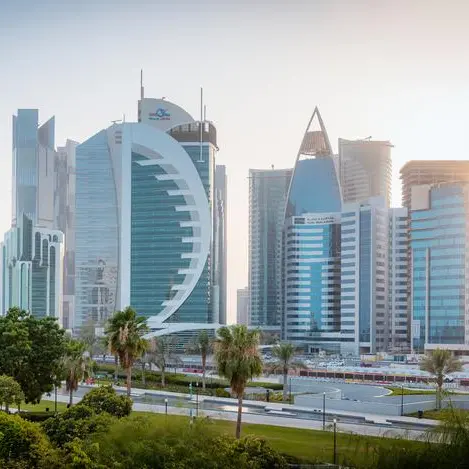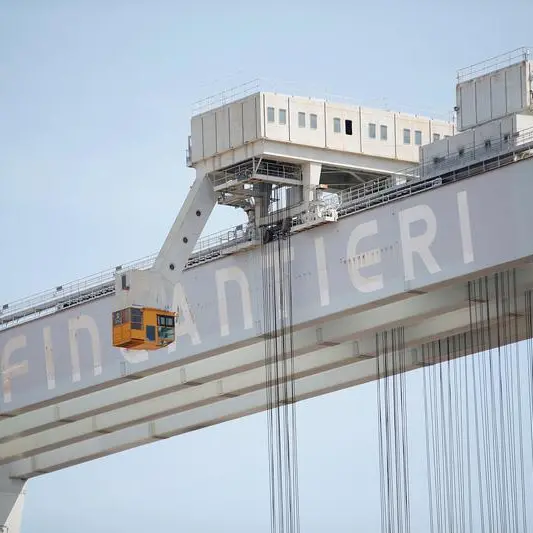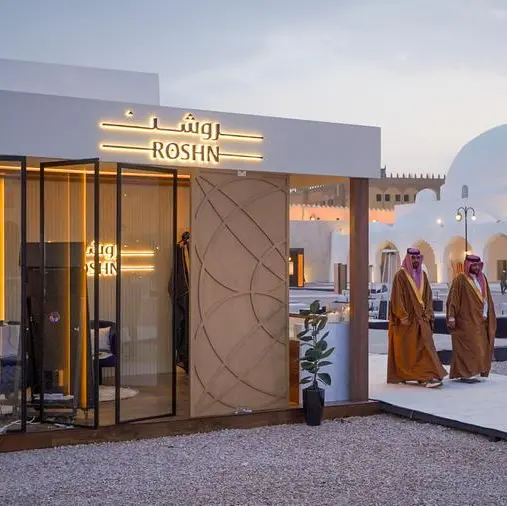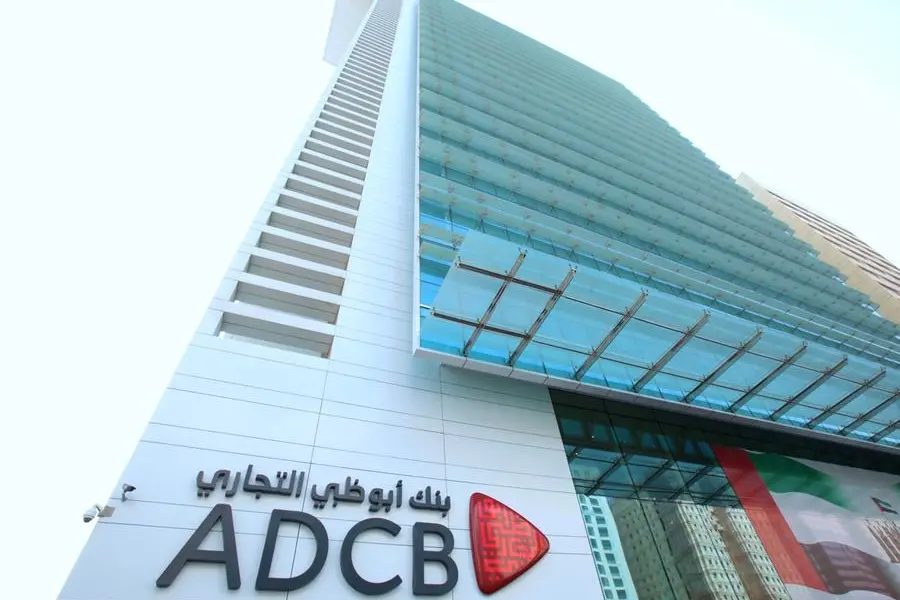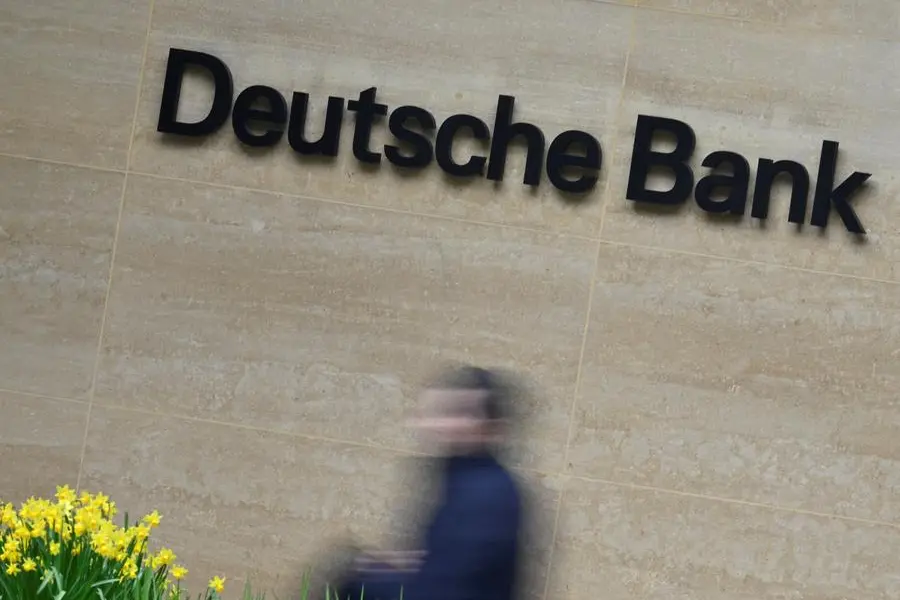PHOTO
Rendering of Alstom's Innovia monorail 300 system at El-Narges on the New Capital City line in Cairo. Image courtesy Alstom website Image used for illustrative purpose only.
Egypt's Ministry of Transport is laying the foundations for sustainable and green transportation through a multitude of projects covering road, rail, rivers and ports, Minister Kamel El-Wazir said at a review of projects at COP 27 in Sharm El-Sheikh.
He said the transportation sector accounts for 23 percent of the total greenhouse gas (GHG) emissions in the country, occupying the second position after the electricity sector.
The Ministry is currently executing a sustainable transport plan that includes mass transit projects based on environment-friendly technologies, he said.
Key projects highlighted in a transport ministry readout are as follows:
Railways
LRT Project
The LRT (Light Rail Transit) project (Al-Salam - 10th of Ramadan – New Administrative Capital-NAC) covering 105 kilometres and 19 stations. The first and second phases, with a total length of about 70 km and 12 stations were opened in July 2022 and is operated by RATP Dev of France. The third and fourth phases, with a total length of 35 km and 7 stations are currently under construction.
Cairo Monorail
The East Nile monorail project extends from the stadium station in Nasr City to the NAC with a length of 56.5 km and 22 stations. The West Nile monorail project extends for 42 km from Nile Valley station in Mohandessen to 6th of October and includes 13 stations.
Cairo Metro
- Line 3 of Cairo Metro (Adly Mansour-Embaba-Cairo University) extends for 41.2km. Three phases are complete and fourth is under construction.
- Construction of Line 4 of Cairo Metro from 6th of October City to New Cairo with a length of 46.5 km is underway. The first phase (October 6 - Fustat) has a length of 19 km with 17 stations.
- Line 6 (Al-Khoss - New Maadi) with a length of 35 km is expected to be implemented soon. In June, Zawya had reported that discussions are underway for financing for Line 6.
- Lines 1 and 2 are being upgraded in terms of rolling stock, signalling and stations.
- Alexandria Metro project (Abu Qir - Misr) with a length of 21.7 km, and rehabilitation of 14-km Raml tramway line into a modern and efficient tramway with modern infrastructure, systems and rolling stock.
- High-speed railway project involves the construction of the sixth largest high-speed rail system in the world comprising three passenger and freight lines with a total length of 2,000 km. The lines include the 660-km Ain-Sokhna-Marsa Matrouh line (under construction) with 22 stations, the 1,100 km Cairo-Abu Simbel line, and the 225-km Luxor-Safaga-Hurghada line.
- The BRT bus project on the 110 km- Greater Cairo Ring Road to encourage people to use public transport instead of private cars and microbuses.
- Replacing and renewing the public transport fleet in cooperation with companies specialised in the production of environmentally friendly mass transit buses that run on electricity or natural gas.
- Operating electric buses on pilot basis in Sharm El Sheikh (140 buses) and New Administrative Capital (30 buses) which will expended to tourist destionations such as Hurghada, Luxor and Aswan.
- Increasing the share of railways in transporting goods through the following:
-
A. Establishing new lines
• The Kafr Daoud - Sadat railway line with a length of 35 km
• Al-Manashi railway line – 6th of October, with a length of 70 km
• The Belbeis - Tenth of Ramadan - Al-Rubiki railway line, with a length of 50 km).
B. Development of rolling stock through procurement of:
• 260 new locomotives (and rehabilitation of 172 locomotives)
• 140 new container deck cars
• 75 grain wagons
• 1,000 different types of merchandise wagons
Green roads
- Expanding the use of pavement recycling processes such as Cold in-Place recycling (CIR) or Full-Depth Reclamation (FDR) as they consume less energy compared to traditional methods – laying 1 kilometre of road using traditional methods consume about 5,500 litres of fuel while only 1,800 litres of fuel is consumed when using recycling technology.
- Expand the use of environment-friendly asphalt emulsions in road maintenance works.
- Separating truck traffic from other traffic on the main roads through concrete-based service roads, whose construction is less polluting compared to mixing and transporting asphalt works.
- Expand roadside vegetation/tree planting to absorb harmful carbon emissions from vehicular traffic.
- Construction of road overbridges and under bridges/tunnels to eliminate surface intersections where roads cross railway lines, which will help reduce traffic jams and associated air pollution
- Expand the construction of ring roads to divert traffic outside city limits and reduce the concentration of traffic and emissions in the central areas. For example, the 400-km Regional Ring Road connects all major highways, reduces congestion in Cairo and prevents trucks carrying 5 tonnes or transit transport from entering the Egyptian capital.
River transport system
- A comprehensive plan is being prepared to drive optimum use of Egypt’s rivers for commercial freight which would otherwise be transported by road, which will contribute towards reducing air pollution and carbon emissions.
Maritime Infrastructure
- Work is currently underway for the construction of approximately 15 km of breakwaters (western breakwater with a length of 5,400 metres and the extension of the eastern breakwater with a length of 1,420 metres at the Port of Damietta, and breakwaters with a length of 3,270 metres in the port of Sokhna.
- The Ministry is planning to build about 5 km of breakwaters in the Great Port of Alexandria.
(Writing by Eman Hamed & Marwa Abo Al Majd; Editing by Anoop Menon)
